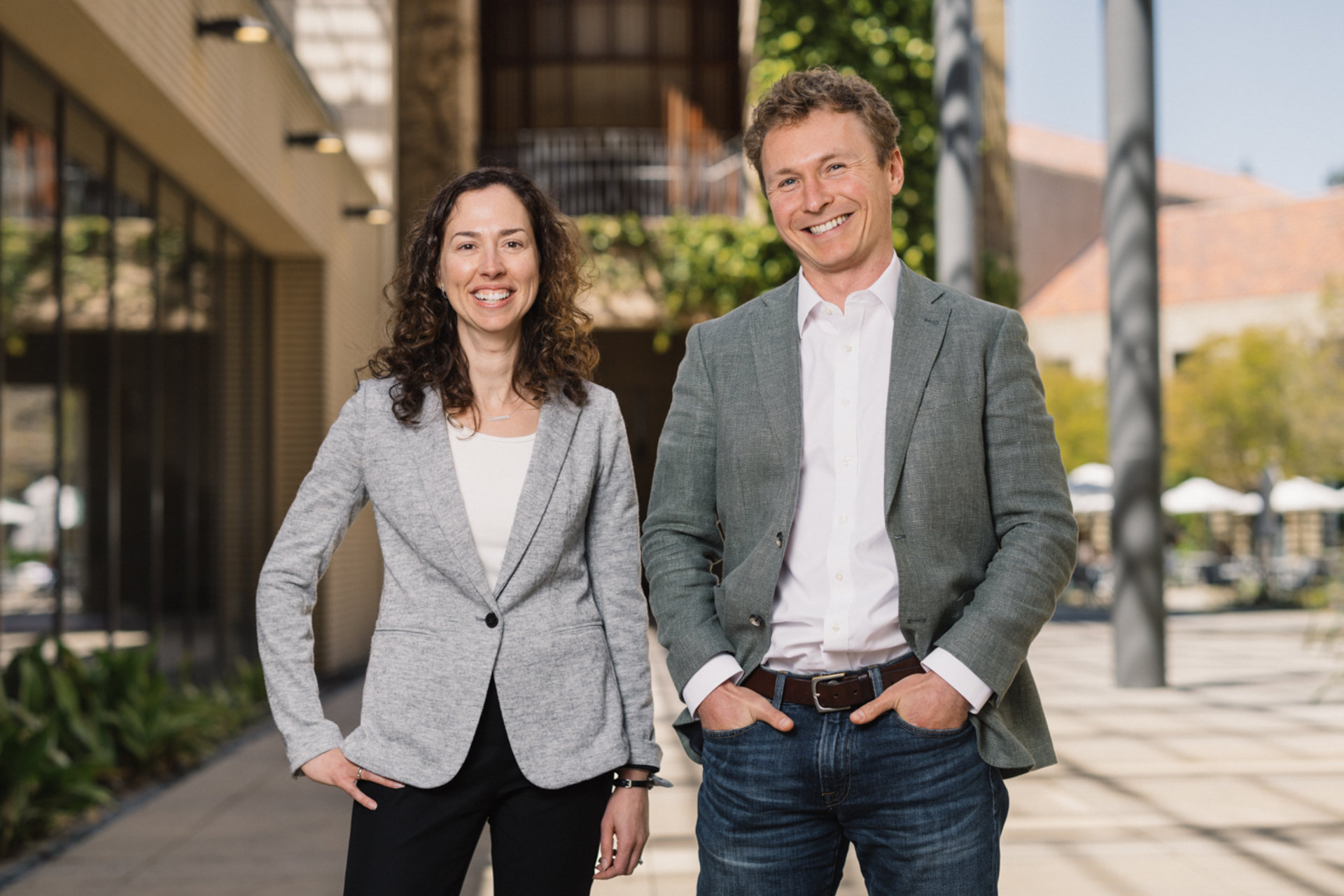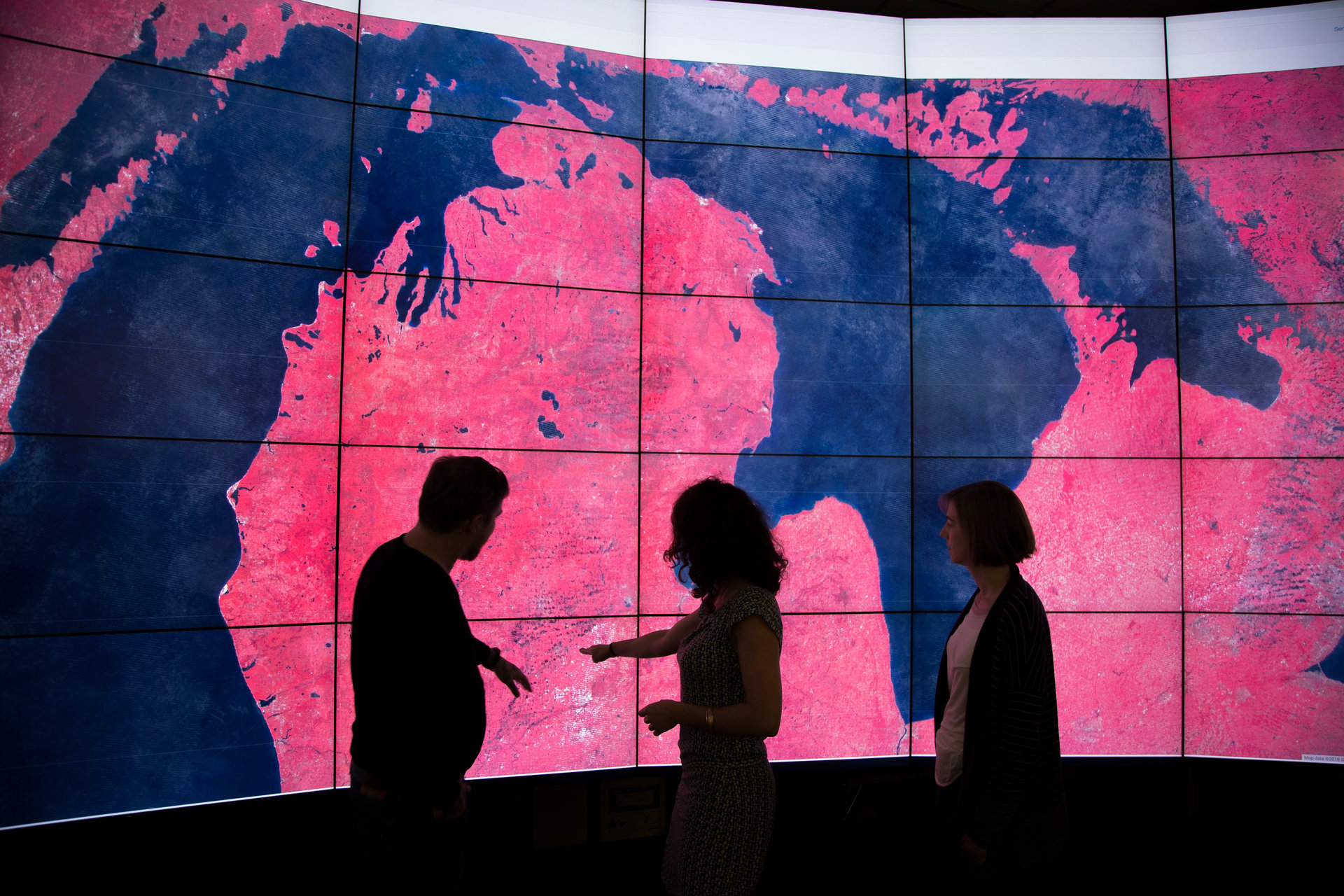School photo contest showcases action, beauty, sustainability
The inaugural Stanford Doerr School of Sustainability Photo Contest offers a glimpse into the perspectives and experiences of its community, from wonder and concern for the natural world to hope and splendor found in everyday encounters.
If the Stanford Doerr School of Sustainability were to be described with submissions to its inaugural photo contest, it would conjure an abundance of emotions that reflect the complexity of today’s sustainability challenges: uncertainty, resolve, passion, hope, despair, and wonder.
Stanford students, postdoctoral researchers, faculty, staff, and alumni submitted 385 photographs to the 2023 photo contest, which was held during winter quarter. The competition was a continuation of the photo contest established in 2018 by the School of Earth, Energy & Environmental Sciences, whose operations are now part of the new school. This year’s competition expanded to include submissions from alumni and featured categories central to the Doerr School of Sustainability’s mission:
The categories included: Action and Impact in the Field, Action and Impact on Campus, Beauty in Nature, and The Challenges We Face. Together, these categories drew submissions of nature juxtaposed with development, research conducted on campus, and breathtaking landscapes.
“I’m so pleased that we’ve continued the tradition of the photo contest with the new school,” said Dean Arun Majumdar. “We congratulate the winners and thank all those who entered not only for sharing their amazing talents but also for broadening our perspectives of the world around us and providing these vivid reminders of the impact of our work.”
In the Action and Impact in the Field category, photo entries spanned life below water and a trip to the stratosphere. Contestants showcased their engagement with the world, from its towering trees to snow-capped mountains. Abby Cummings, Product Design '24, received first place in the category for portraying an underwater researcher counting a species of sea snail in coral.
The category for Action and Impact on Campus brought to life the Farm, revealing lab work, experiential learning, and hidden corners of campus. In first place, Leo Glikbarg, International Relations ’23, showed how students in BIO 159: Herpetology conduct field research documenting wildlife at the edges of Lake Lagunita.
Ananya Navale, Computer Science ’25, won second and third place in the category, zeroing in on people working with trees and bees on campus.
“I personally love photographing how humans, students in particular, choose to get their hands dirty and have fun with initiatives that can really make a difference, no matter how small the impact,” Navale said. “In this complicated world we’ve built, simple things can become the most interesting – learning a propagating technique that has been used for centuries like grafting or seeing a natural caretaker like the humble honeybee at work in a familiar environment.”
In a stunning rendition of the night sky, photographer Xinxin Cheng, an associate scientist at SLAC National Accelerator Laboratory, showcased a sequence of photos combined to create a composite of the rising total lunar eclipse over the Stanford Dish from Menlo Park. Cheng won first place in the Beauty in Nature category, which also drew submissions of unique perspectives of wildlife and stellar light that seems to dance through Earth’s landscapes.
The final category, The Challenges We Face, brought harrowing reminders of the devastation of wildfires, storms, and consumerism. In first place, Philippe Roberge, a PhD student in Earth System Science, captured himself standing inside a cave under the receding Wedgemount Glacier in British Columbia, Canada.
The winning photographs were selected from the judges’ rankings based on image quality (color, texture, composition, resolution, lighting) and content (subject, location, emotion, story, category fit). Judging took place in March 2023. First-round judges included Audrey Yau, director of Stanford Energy Fellowships at the Precourt Institute for Energy; Camille Pagniello, MAC3 Postdoctoral Fellow at Hopkins Marine Station; and Ryan Petterson, director of field education. Second-round judges included Sheila Singh, associate director of brand marketing, Marketing & Communications at the Graduate School of Business; Andrew Brodhead, photographer at University Communications; Sarah Bielecki, associate director of digital engagement in the School of Engineering; Jennifer Saltzman, assistant dean for professional development and community building; Keith Uyeda, assistant director of digital media at Residential & Dining Enterprises; and Chloe Yu-Ning Cheng, an undergraduate student in Geophysics. The final round of judging was conducted by Heidi Sigua Campbell, digital engagement and marketing specialist; Amy Adams, associate dean of marketing and communications; Dana Granoski, creative director; and Danielle Torrent Tucker, associate communications director.
First-place winners of the contest received a 2023 national parks and federal recreational lands pass that covers entrance fees at lands managed by the National Park Service and U.S. Fish & Wildlife Service, in addition to day-use fees at federally managed lands. Their images will also be displayed in Dean Arun Majumdar’s office.
All first-, second-, and third-place photos will be displayed in the Mitchell Building’s Hartley conference room and Doerr School of Sustainability student lounge for one year; displayed at Roble Arts Gym for the Spring Arts Fair on April 28, 3-6 p.m., then moved to a more permanent display on the Redwood City campus; and featured as downloadable desktop and virtual meeting backgrounds available to the Stanford community.
Action and Impact in the Field
First Place
Abby Cummings
Product Design, Class of 2024

Second Place
Philippe Roberge
PhD student, Earth System Science

Third Place
Marius von Essen
PhD candidate, Earth System Science

Honorable Mentions
Jaden Clark
Computer Science, Class of 2024

Isabela Rios Amador
PhD student, Chemical Engineering

Syed Faraz
MBA ‘23

Action and Impact on Campus
First Place
Leo Glikbarg
International Relations, Class of 2023

Second Place
Ananya Navale
Computer Science, Class of 2025

Third Place
Ananya Navale
Computer Science, Class of 2025

Honorable Mentions
Yiran Li
PhD student, Civil and Environmental Engineering

Dolly Mantle
PhD student, Mechanical Engineering

Beauty in Nature
First Place
Xinxin Cheng, PhD
Associate Scientist at SLAC National Accelerator Laboratory

Second Place
Jihui Ding
Postdoctoral Researcher, Rocks and Geomaterials Lab

Third Place
JillAnne Ward McCarty, MD, PhD
BS '77, Biological Sciences

Honorable Mentions
Herschell Taghap
Staff, Stanford Alumni Association

Nora Hennessy
PhD student, Energy Science and Engineering

Vel Senthil
Management Science and Engineering, Class of 2025

Larry Chow
Staff, Stanford School of Medicine

The Challenges We Face
First Place
Philippe Roberge
PhD student, Earth System Science

Second Place (Tie)
Nicolas San Miguel
Aero/Astro, MS '23

Second Place (Tie)
John Kroeger
Engineering, Class of 2025

Third Place
Tanvi Dutta Gupta
BS '23 Biology, MS '24 Earth Systems

Honorable Mentions
Tanvi Dutta Gupta
BS '23 Biology, MS '24 Earth Systems

Lindsey Akin
Staff, School of Engineering

Brennecke Gale
Human Biology BS ’22, Earth Systems - Environmental Communication MA ’23

Explore More
-
The Stanford Forum on the Science of Energy Transition brought together scientific experts, technology innovators, and industry leaders to explore practical pathways to a decarbonized future.
-
A unique hands-on class teaches Stanford Law School students how to work with early-stage companies that have the potential to move the needle on climate and sustainability.
-
The first group of scholars supported under the new Sustainability Accelerator Fellowship program will focus on the challenge of removing billions of tons of greenhouse gases annually from Earth’s atmosphere by the middle of this century.



